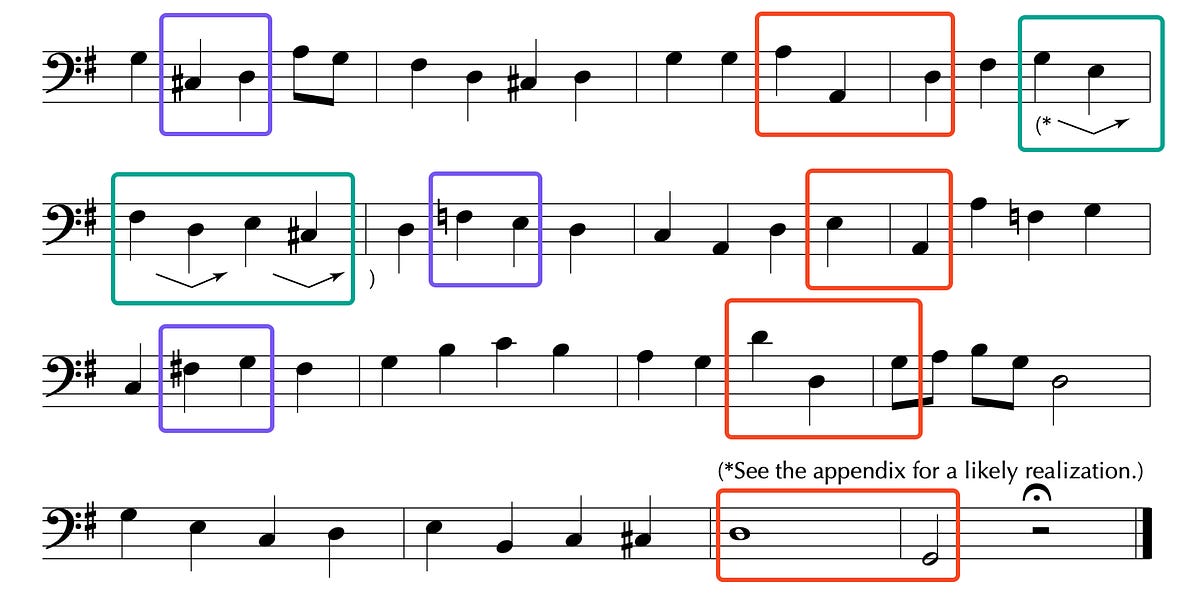[Submitted on 5 Aug 2024]
Abstract:Since it began \cite{CocconiMorrison}, the search for extraterrestrial intelligence (SETI) has focused on interstellar \emph{classical} communication. Recently, Berera \cite{Berera:2020rpl} pointed out that, at certain frequencies, photon qubits can retain their quantum coherence over interstellar (and even intergalactic) distances, raising the prospect of interstellar \emph{quantum} communication. This is an intriguing possibility, since quantum communication permits certain tasks that would be impossible with classical communication, and allow exponential speed-ups for others. (We suggest some motivations in the interstellar context.) But quantum coherence alone is not sufficient for quantum communication: here, for the first time, we analyze the \emph{quantum capacity} $Q$ of an interstellar channel. We point out that, to have non-zero quantum capacity $Q>0$, interstellar communication over a distance $L$ must use wavelengths $\lambda < 26.5\,cm$ (to avoid depolarization by the cosmic microwave background), and \emph{enormous} telescopes of effective diameter $D>0.78\sqrt{\lambda L}$ (to satisfy quantum erasure constraints). For example, for two telescopes of diameter $D$ on Earth and Proxima Centauri, this implies $D>100\,km$! This is a technological threshold that remains to be crossed in order for reliable one-way quantum communication to become possible, and suggests a fundamental new resolution of the Fermi paradox.Submission history
From: Latham Boyle [view email]
[v1]
Mon, 5 Aug 2024 13:11:39 UTC (249 KB)
.png)



